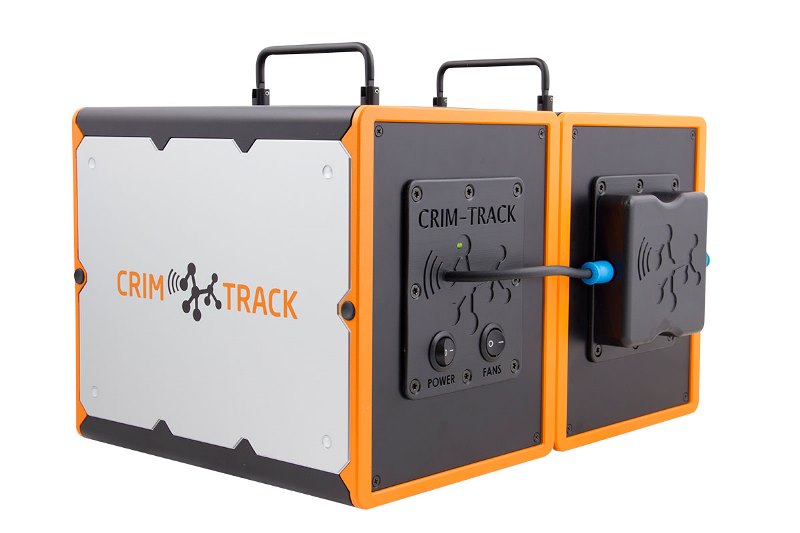We are part of CRIM-TRACK, a multi-agency project to develop a simple, portable detector – a mechanical sniffer dog – to identify illegal drugs and homemade explosives.
Key Facts
-
The product is intended for use by customs officers, police and other agencies to detect illegal substances.
-
The project combines highly-advanced disciplines including organic chemistry, micro fabrication and hardware technology, machine learning and signal processing techniques.
-
A multi-agency agency project, it also involves organisations from Denmark, Germany, Sweden, Lithuania and the Netherlands.
- Funded by The European Commission.
Impact of our research
To date, the project has developed tools that are able to successfully detect all compounds required by the end users. We can now detect minute quantities of drugs and explosives as well as the precursors of these compounds in laboratory settings.
The prototypes developed are easy to use and employ disposable sensing chips, focusing on our aim of creating a fast, cost-effective and sensitive detection unit. The equipment can be programmed to match user preferences, therefore varying needs in explosives and drugs detection. The sensitivity of the sensor output has the flexibility to reflect both straightforward ‘yes or no’ results or identify the presence of harmless as well as threat substances.

Why the research was commissioned
The trafficking of illegal drugs and other banned substances has extremely negative social and economic impacts. Law enforcement agencies (LEAs) are under increased pressure to crack down on drug trafficking, smuggling and terrorist activity. The development of low-cost, flexible tools to detect drugs, the precursors of drugs, home-made bombs and other harmful chemicals will give LEAs a better chance of detecting illegal compounds as they move around the European Union.
The aim is to develop a working sensor that can be developed into a portable, miniaturised, automated, rapid, low-cost, highly sensitive and simple sniffer and detection unit based on a disposable micro-colorimetric chip. This would give custom officers, police and other LEAs an effective tool for controlling trafficking of criminal substances.
Why Cranfield?
CRIM-TRACK combines highly-advanced disciplines like organic chemistry, micro fabrication and hardware technology, machine learning and signal processing techniques.
We deliver practical solutions to the military and civilian community across the world. We have excellent facilities for manufacturing and testing explosives, fuels, polymers, radioactive materials, metals and non-metals, while our Centre for Defence Chemistry is the world leader in the synthesis of specific polymeric energetic binders.
The CRIM-TRACK project team includes a range of experts from professional and academic backgrounds to ensure an efficient, targeted product development environment. Dr Licia Dossi, our contact for the project, has an MSc in chemistry and a PhD in biomaterials. Her areas of expertise include explosives and munitions, smart materials, structures and materials.
Facilities used
The Centre for Defence Chemistry’s Organic Synthesis Laboratory and the Nuclear Magnetic Resonance laboratory, which are based at Cranfield Defence and Security at the Defence Academy of the United Kingdom, Shrivenham.

